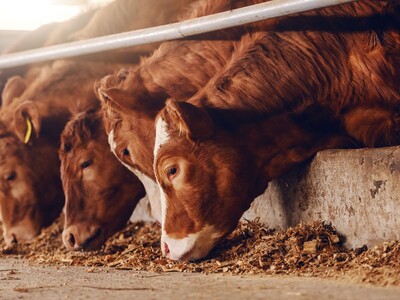Saving California's Sheep

Mike Stephens
News Reporter
Signed into law in 2017, California’s AB 1066 agricultural overtime regulations will begin affecting operations with 25 or fewer employees this upcoming January , 2022. Because nearly all sheep producers are small employers, they will be profoundly effected by this change
California’s Department of Industrial Relations has interpreted sheepherders’ workweek as being on-call, 24 hours a day, seven days a week. Hence, ranchers will be required to pay sheepherders overtime premiums based on a 168-hour work week. As one would expect, they do not work 168 hours a week; instead, they average 6-10 hours per day, depending on the time of year. Producers’ wage costs will rise by over 50 percent.
Sheep producers employ sheepherders to care for their herd, often in remote grazing locations. The herds are valuable environmental assets that reduce excess fuel loads, which otherwise can contribute to devastating wildfires in both urban and rural areas of California. Cities and counties are increasingly utilizing sheep/goats for targeted grazing along streets, jogging paths, in parks and more.
Governor Newsom can immediately ensure the survival of the California’s sheep industry by adopting administrative relief in accordance with a 2015 U.S. Department of Labor interpretation, which set the estimated hours worked by sheepherders at 48 hours. Multiple federal courts have upheld this interpretation as both reasonable and supported by available evidence.
















